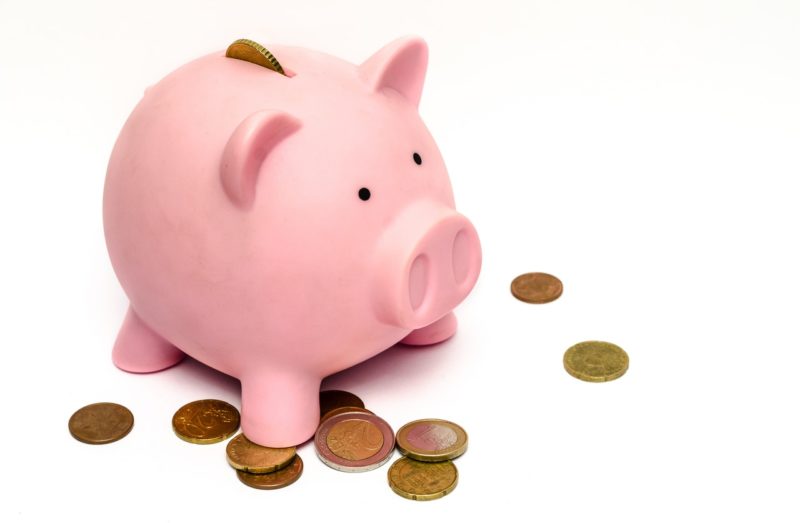
If a disaster or more likely a severe emergency of some nature strikes, you may have only minutes to react. In those crucial moments your focus will most likely be on your family and their safety. Once the initial threats have passed you may have a need to have available certain records that will assist you and your families recovery and wellbeing. You have an emergency first aid kit well stocked with the necessary items that can benefit your family. Hopefully, the items in this first aid kit are intact and not outdated. Have you ever thought about also having Emergency Financial Kit. If you have to leave your home quickly in an emergency and have only minutes to decide what to take with you your financial records will probably be about the last thing on your mind. Collecting, copying and safely storing your financial records may make your life a whole lot easier following a disaster or emergency situation.
A friend was able to prove that the value of a strand of pearls was worth over a thousand dollars because his wife had had the foresight to put the documentation on the pearls in a safe place with other financial records. The difference would have been their having to accepting the $200 offered by the insurance company if there had been no proof of their actual value.
Items that could be kept in your financial first aid kit:
- $300 in cash or an amount comfortable to you in small bills that can help you through an initial situation.
- Your Bank of financial institution account information
- Credit and debit card information
- Copies of insurance policies, home and automobile
- Copies of a family will or trust
- Home, auto etc. titles or deeds
Other personal records you might want to include:
- Medical powers of attorney for your children
- Living wills or medical directives
- Birth and marriage certificates
- Social Security cards
- Passports
- Maybe even a room by room inventory of your home
You might consider a water tight container and/or possibly storing them with a trusted friend or at your place of work. You could scan the documents to a flash drive or two and store them in different locations. Put your Financial First Aid kit somewhere that you will for sure take it with you if there is an immediate need to leave your home.
Week One
You have a family first aid kit, how about putting together a Family Financial First Aid Kit. This might include: a sum of cash in small bills to pay for emergency purchases in the event ATMs are not functioning or banks are closed. This amount should be based on the basic needs of your family including food items, gas and other essentials.
Week Two
Inventory your important financial documents and make or obtain copies of them. Include these records in your Financial First Aid Kit. They could be stored in a container that is water proof and left with a trusted relative or friend or at your place of work. If you keep them at home be sure they are in a location that you will remember to take with you in an emergency.
Week Three
Other documents that might be included in your Financial First Aid kit: important family papers, such as a will or trust, birth and marriage certificates, living wills or medical directives, insurance documents for your home, vehicles and toys.
Week Four
Review your insurance policies to ensure you have emergency or disaster policies or riders. Take photographs or record a video of the rooms in your home and particularly any specific items of value i.e. collections etc . that might aid you in recovering after a disaster. Week five: One of the best ways and probably one of the most difficult to prepare for an unexpected emergency or disaster is to start a savings account for just this purpose. Putting aside just a little bit each month may help your family avoid taking on more unnecessary debt to respond to the cost of the emergency or disaster, and in rebuilding your lives.